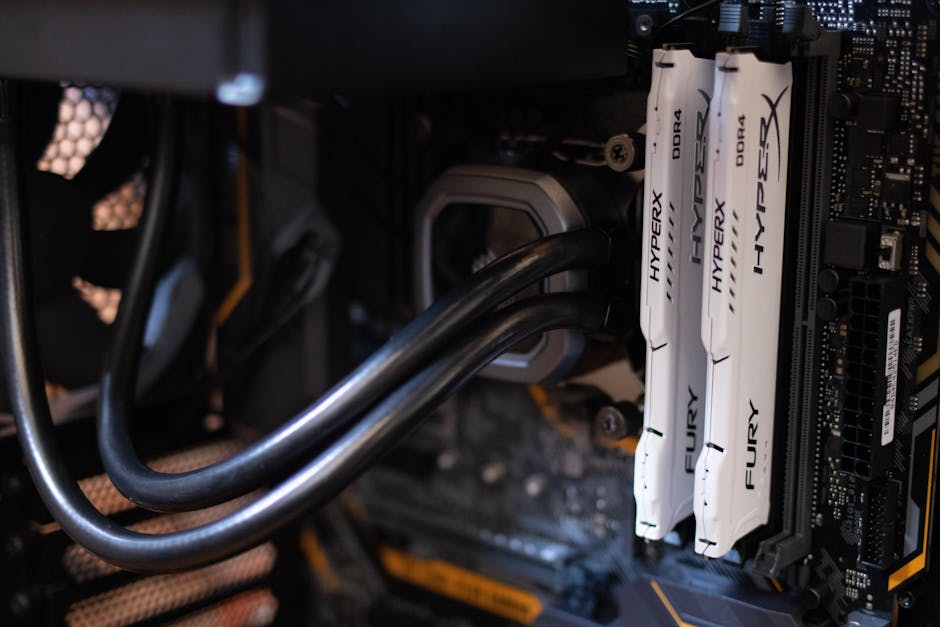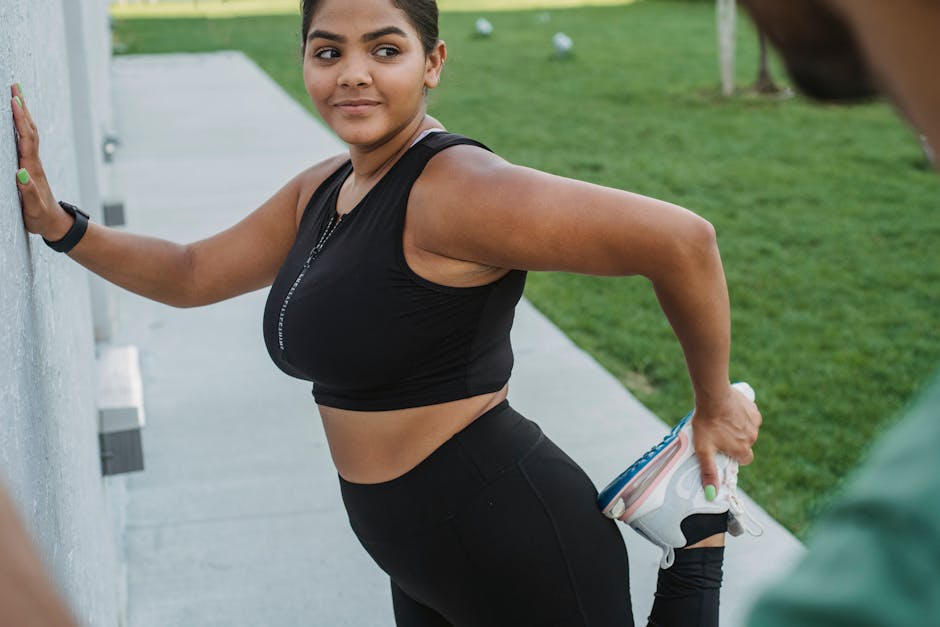Mindful Movement: Transform Your Fitness with Neuroplasticity Insights
Are you ready to revolutionize your fitness journey? Imagine enhancing your workouts not just through physical exertion but by engaging your mind in a profoundly impactful way. Welcome to the realm of mindful movement, where applying neuroplasticity principles can transform your fitness routine, making it more enjoyable and effective than ever before. This article will guide you through the fascinating intersection of mental flexibility and physical activity, setting you on a path toward not just improved fitness, but a deeper connection to your mind and body.
Understanding Neuroplasticity in Fitness

Neuroplasticity, the brain's ability to reorganize itself by forming new neural connections throughout life, plays a critical role in adapting to new challenges. This concept is important in fitness because it allows us to optimize our workouts and improve performance. When you engage in exercises that promote mindful movement, you're not just working your muscles; you're also enhancing your brain's ability to adapt and learn.
Research shows that integrating mindfulness into your workout routines can significantly improve mental resilience and motor performance. According to a study published in Neuroscience & Biobehavioral Reviews, practicing mindfulness during physical activities can help individuals become more aware of their bodies and movements, leading to better outcomes in fitness and overall well-being.
The Mind-Body Connection: Why It Matters

We’ve all heard the saying, "Your mind is your strongest muscle." But what does this really mean for your workout? The mind-body connection is a fundamental aspect of fitness that, when harnessed through neuroplasticity principles, can vastly improve your workout experience.
When you focus on your breath and being present during your workouts, you create a deeper connection with your body. This awareness not only makes your workouts more effective but also increases enjoyment. Research by the University of California demonstrates that mindfulness can improve your physical performance and enhance motivation—two key aspects needed to stick to any fitness regime.
Techniques for Incorporating Mindful Movement

Now that we understand the importance of neuroplasticity and the mind-body connection in fitness, let’s explore practical techniques that can be seamlessly integrated into your workout routines.
1. Breathing Techniques

Breath is more than just a necessity for life; it’s a powerful tool for fitness. Incorporating breathing techniques can improve focus, reduce anxiety, and elevate performance. Try the 4-7-8 technique: inhale for 4 seconds, hold for 7, and exhale for 8. This method calms the nervous system and enhances your concentration before or during a workout.
2. Mindful Walking or Running

If you prefer cardiovascular exercises, consider turning your walks or runs into a mindful practice. Focus on the sensation of your feet hitting the ground, the rhythm of your breath, and the environment around you. A study in the Journal of Health Psychology highlights that mindful walking not only improves mood but also enhances physical endurance.
3. Visualization Techniques

Before engaging in high-impact workouts, visualize yourself successfully completing the exercises. This mental rehearsal can build confidence and enhance performance. Olympic athletes often utilize visualization to achieve their best performances and can guide you to leverage this powerful technique in your fitness journey.
4. Flow State Workouts

Also known as being "in the zone", achieving a flow state allows you to perform at your peak while feeling completely immersed. Focus on activities that typically help trigger this state, like dance or martial arts. Embrace a framework of rhythm and creativity—learn to harness it in your fitness routines like dance workouts that inspire both movement and joy.
Cultivating a Mindful Fitness Routine

Creating a mindful fitness routine involves intention. You don’t have to overhaul your entire regime, but integrating mindfulness gradually can pay dividends. Start with small changes. For instance, if you're used to mindlessly watching TV while exercising, switch to listening to music that inspires you or even engaging with the sounds of nature, as discussed in our article about the impact of sound on our workouts.
Intuitive Fitness: Listening to Your Body

Another essential component of mindful movement is the practice of intuitive fitness—learning to listen to your body’s needs instead of pushing past them relentlessly. If you’re feeling fatigued, take a break or switch to a restorative practice like yoga instead of forcing yourself through a high-intensity session. This awareness not only prevents injuries but enhances recovery and results.
Mental Workouts for Physical Gains

Incorporate neurobics, or mental exercises that engage your cognitive skills, into your routine. Activities like learning a new choreographed dance or mastering challenging workout sequences can help improve your mental agility, resulting in better physical outcomes. When combined with physical training, neurobics reinforces the brain-body connection, enhancing overall performance in both physical and mental domains.
The Science Behind Mindfulness in Fitness

To better understand how integrating neuroplasticity can enhance your workout experiences, let’s delve deeper into the underlying neuroscience. Neuroplasticity promotes the growth of new brain cells, or neurogenesis, which is crucial for physical and mental performance.
The process of learning a new workout, adapting to a new routine, or overcoming a challenge involves the brain’s ability to create fresh neural pathways. This is why mixing up your workouts with historical methods or incorporating various fitness modalities can not only keep you engaged but also enhance your learning and adaptability.
Habits and Change: The Power of Consistency

Building consistent fitness habits requires mental fortitude. Integrating mindfulness into your journey helps in developing greater patience and persistence. Mindfulness practice encourages a non-judgmental approach to challenges, making it easier to embrace setbacks and stick to your goals.
Enhancing Memory and Cognitive Performance

As you engage in mindful exercises, your brain becomes more adept at processing information. A study published in the Journal of Strength and Conditioning Research shows that individuals who practice mindfulness have better memory recall and cognitive function, which can translate into improved performance during workouts.
Enjoying the Process: Finding Joy in Movement

Ultimately, the goal of integrating mindful movement and neuroplasticity principles into your fitness journey is to develop a sense of joy and fulfillment in your workouts. Exercise should not feel like a chore but a source of happiness and personal growth.
Try experimenting with different forms of exercise—whether it be climbing a mountain, engaging in water aerobics, or practicing yoga. The more you explore, the more you stand to gain. Remember, workouts are about more than just achieving goals; they are an opportunity to connect with your body and embrace the myriad of movements available to you.
Incorporating Mindful Practices Outside of Workouts
The principles of mindful movement and neuroplasticity don’t just stop at the gym; they can be applied in everyday life. From mindful eating to practicing gratitude, small lifestyle changes can significantly impact your overall well-being.
Engage in activities outside of your fitness routine that challenge your cognitive abilities—be it puzzles, learning an instrument, or trying new recipes. Fostering a growth mindset in every aspect of your life can yield substantial benefits to both your physical and mental health.
Final Thoughts
Embracing mindful movement and the principles of neuroplasticity can transform your fitness experience into one that fosters resilience, adaptability, and joy. With every workout, you cultivate not only a healthier body but a sharper, more dynamic mind. By being intentional with your fitness journey, you can tap into the immense power of your brain, unlocking your full potential.
So, what are you waiting for? Take the leap and start incorporating these mindful techniques into your routine today. Remember, the journey is just as important as the destination—enjoy every step along the way!


